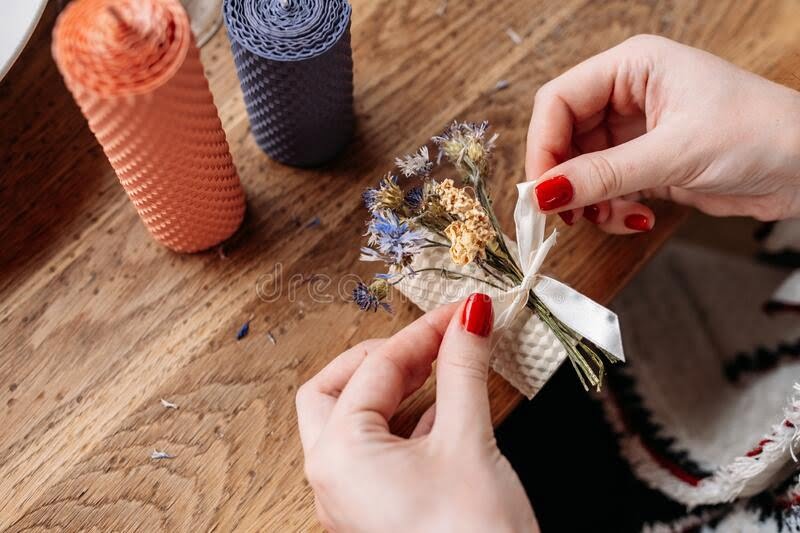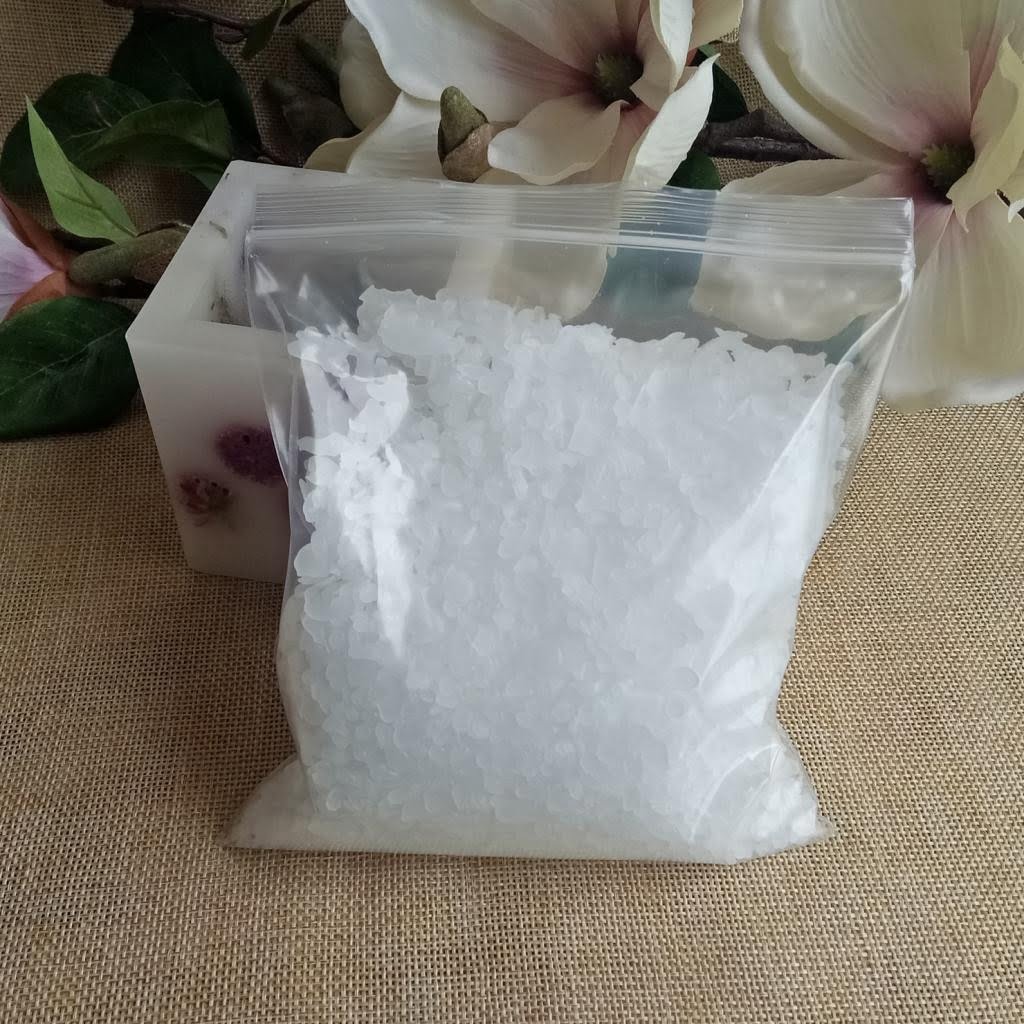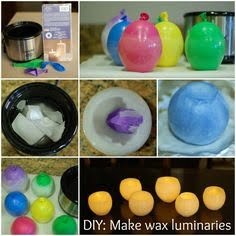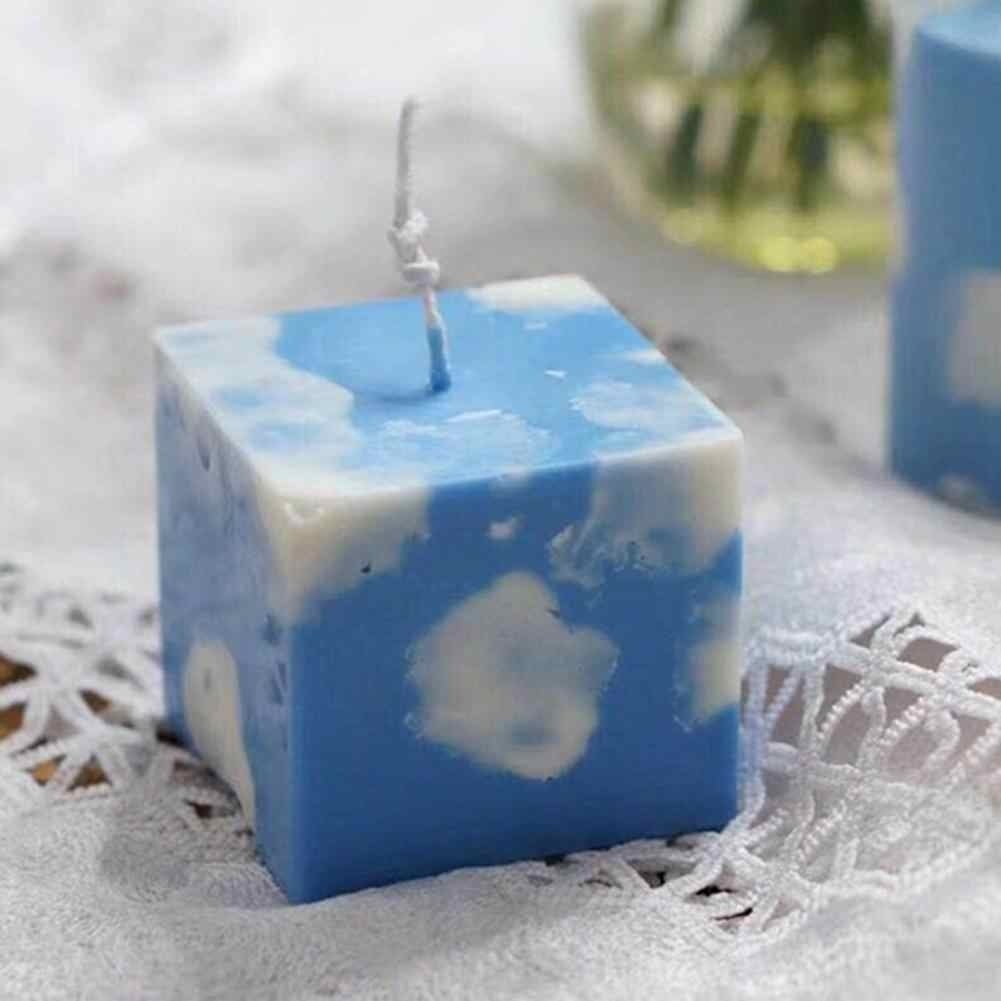Are you looking for a natural and aromatic way to create candles at home? Look no further than beeswax candle making with essential oils. Beeswax candles are not only natural, but they also offer a range of benefits and qualities that make them a popular choice for candle making. When combined with essential oils, these candles can also harness the therapeutic benefits of aromatherapy, creating a soothing and relaxing atmosphere in your home.
Beeswax has been used for centuries as a natural alternative to paraffin wax, offering a cleaner and longer burn time. In this article, we will explore the basics of beeswax and the benefits of using it for candle making. We will also delve into the power of essential oils and how they can be used to enhance the aroma and therapeutic properties of beeswax candles.
If you’re new to beeswax candle making or looking to expand your knowledge, we’ve got you covered. From essential tools and ingredients to step-by-step guides on how to make beeswax candles with essential oils, this article will provide you with all the information you need to get started.
Additionally, we’ll explore unique essential oil combinations that can create aromatic blends for your candles, as well as tips and tricks to enhance your candle making process. So if you’re ready to explore the natural and aromatic options of beeswax candle making with essential oils, read on for an in-depth guide on this rewarding hobby.
The Basics of Beeswax
Beeswax is a natural material that has been used for centuries in candle making. It offers several benefits and qualities that make it a popular choice for those looking to create their own candles. Beeswax is a renewable resource, as it is made by bees who consume honey and then produce the wax to build their honeycombs. This makes it an eco-friendly option for those looking to reduce their environmental impact.
The use of beeswax in candle making also offers several unique qualities. Beeswax candles burn brighter and longer than traditional paraffin wax candles, providing a warm and natural light source. Additionally, beeswax has a naturally sweet aroma when burned, which can add an extra sensory element to your candle making experience.
When it comes to using essential oils in combination with beeswax for candle making, the possibilities are endless. Essential oils offer various aromatherapy benefits that can enhance the atmosphere of any room. Whether you’re looking to create a calming ambiance with lavender essential oil or an invigorating atmosphere with citrus oils, there are countless combinations to explore when creating your own beeswax candles with essential oils.
Furthermore, the use of essential oils in beeswax candle making allows for personalization and customization. You can experiment with different scents and combinations to find the perfect aroma that suits your preferences or the mood you want to create in your living space.
| Benefits of Beeswax Candle Making | Qualities of Beeswax Candles |
|---|---|
| Renewable resource | Burns brighter and longer |
| Eco-friendly option | Naturally sweet aroma when burned |
| Aromatherapy benefits with essential oil combinations | Personalization and customization options |
The Power of Essential Oils
When it comes to making beeswax candles, the addition of essential oils can take your candle-making experience to a whole new level. Essential oils not only add aromatic fragrance to your candles but also bring in the aromatherapy benefits that can promote relaxation, stress relief, and even improved mood. The combination of beeswax and essential oils creates a natural and clean-burning candle that not only fills your space with delightful scents but also provides therapeutic effects.
Beeswax candle making with essential oils allows you to customize the aroma of your candles according to your personal preferences and needs. Whether you prefer floral, citrusy, woody, or herbal scents, there is a wide variety of essential oils to choose from.
For example, lavender essential oil is known for its calming properties, while citrus essential oils like lemon or grapefruit can invigorate and uplift the mood. By harnessing the power of essential oils, you have the freedom to create unique and personalized beeswax candles tailored to your liking.
In addition to their aromatic benefits, essential oils can also contribute to the overall wellness aspect of beeswax candles. When combined with beeswax, which is known for its air-purifying qualities, certain essential oils can enhance the air quality in your living space. This makes beeswax candles with essential oils an excellent choice for those who are mindful of creating a healthy and natural environment at home.
| Essential Oils | Aromatherapy Benefits |
|---|---|
| Lavender | Calming and relaxation |
| Lemon | Uplifting and refreshing |
| Eucalyptus | Cleansing and purifying |
Getting Started
When it comes to making beeswax candles with essential oils, having the right tools and ingredients is essential for a successful and enjoyable process. Here’s a list of the basic items you’ll need to get started:
- Beeswax: The most important ingredient for making beeswax candles is, of course, the beeswax itself. Look for high-quality, natural beeswax from reputable suppliers to ensure that your candles burn cleanly and evenly.
- Wick: Choose a natural, cotton wick that is specifically designed for use with beeswax. The size of the wick will depend on the size of the candle you plan to make, so it’s important to have a variety of wick sizes on hand.
- Essential Oils: Select your favorite essential oils to add fragrance and therapeutic benefits to your beeswax candles. Popular choices include lavender, eucalyptus, peppermint, and citrus oils, but feel free to experiment with different combinations to create unique scents.
- Double Boiler: To melt the beeswax safely and efficiently, you’ll need a double boiler or a makeshift version using a heatproof bowl set over a pot of simmering water.
- Thermometer: It’s important to monitor the temperature of the melted beeswax to ensure that it doesn’t overheat and lose its beneficial properties. A candy or candle-making thermometer is ideal for this purpose.
In addition to these basic tools and ingredients, you may also want to have molds, containers for pouring the melted wax, stirring utensils, and protective gear such as gloves and aprons. Once you have all of these items gathered, you’ll be ready to embark on your journey into the art of beeswax candle making with essential oils.
Step-by-Step Guide
Now that you’ve learned about the benefits of using beeswax for candle making and the powerful effects of essential oils, it’s time to put it all together and learn how to make your own beeswax candles with essential oils. Follow this step-by-step guide to create your own natural and aromatic candles.
Materials Needed
- Beeswax pellets or blocks
- Double boiler or a makeshift double boiler with a heat-safe container
- Essential oils of your choice
- Wick
- Wick holder or chopsticks
- Heat-safe container for pouring the wax
- Thermometer (optional)
Step 1: Prepare Your Workstation
Before you begin, make sure you have a clean and organized workspace. Lay out all your materials and tools within easy reach. Place your heat-safe container on the scale and tare it so you can measure the appropriate amount of beeswax needed for your candles.
Step 2: Melt the Beeswax
Using a double boiler or a makeshift one, melt the beeswax over low to medium heat. Stir occasionally to help it melt evenly. If you’re using a thermometer, wait until the beeswax reaches around 145°F to add your essential oils.
Step 3: Add Essential Oils
Once the beeswax is melted, remove it from the heat source and let it cool slightly. Add your chosen essential oils at this point, stirring gently to distribute them evenly throughout the wax.
By following these simple steps, you can enjoy creating your own natural and aromatic beeswax candles with essential oils right in the comfort of your home.
Essential Oil Combinations
When it comes to creating beeswax candles with essential oils, the possibilities are endless. The use of essential oils allows you to customize the aroma of your candles, providing not only a pleasant scent but also potential therapeutic benefits. By blending different essential oils, you can create unique and aromatic combinations that cater to your preferences and mood.
Popular Essential Oil Combinations
Some popular essential oil blends for beeswax candles include lavender and vanilla for a calming and sweet fragrance, or eucalyptus and peppermint for a refreshing and invigorating aroma. Citrus oils such as lemon, orange, and grapefruit can also be combined to create an uplifting and energizing scent. Experimenting with different essential oil combinations can help you discover your favorite scents for your beeswax candles.
Therapeutic Benefits
In addition to their pleasant aromas, essential oils also offer therapeutic benefits. For example, lavender is known for its relaxing properties and can be used to promote a sense of calm and relaxation. On the other hand, citrus oils are often used to uplift the mood and reduce stress. By carefully selecting and combining essential oils for your beeswax candles, you can create blends that not only smell great but also contribute to your overall well-being.
Customizing Your Blends
The beauty of creating beeswax candles with essential oils is the ability to customize your blends according to your preferences. You can adjust the ratio of different essential oils to achieve the desired strength of each scent in your candle.
Additionally, experimenting with new combinations allows you to unleash your creativity and develop unique fragrances that cater specifically to your tastes. Whether you prefer floral, herbal, or woodsy aromas, there are countless combinations of essential oils waiting to be explored in your beeswax candle making process.
Tips and Tricks
When it comes to making beeswax candles with essential oils, there are a few tips and tricks that can help enhance your candle making process. From choosing the right essential oil combinations to adding unique touches, these tips can take your beeswax candle making to the next level.
Choosing the Right Essential Oils
One of the most important aspects of enhancing your beeswax candle making process is choosing the right essential oils. Not all essential oils are created equal, and some may not mix well with beeswax or may have a strong scent that overpowers the natural aroma of the beeswax. It’s important to do some research on different essential oil combinations and their properties to ensure that you create a balanced and pleasant scent for your candles.
Adding Unique Touches
In addition to using essential oils, consider adding unique touches to your beeswax candles to enhance their aesthetics and aromatherapy benefits. For example, you could incorporate dried flowers or herbs into your candles for a visually appealing look and an added natural fragrance. Another option is to experiment with different colors by adding natural dyes or pigments to your beeswax for a more vibrant and artistic touch.
Understanding Proper Candle Care
Once you’ve made your beeswax candles with essential oils, it’s important to understand proper candle care in order to maximize their scent throw and longevity. This includes trimming the wick before each use, allowing the candle to burn long enough for the entire surface to melt, and storing them in a cool, dry place away from direct sunlight.
By taking good care of your beeswax candles, you can ensure that they continue to emit a beautiful aroma and provide all the benefits of aromatherapy over time.
Benefits of Beeswax Candles With Essential Oils
In conclusion, the combination of beeswax and essential oils for candle making offers a natural and aromatic option that provides numerous health and wellness benefits. Beeswax, known for its clean-burning properties and air-purifying qualities, serves as an excellent base for creating candles. When combined with essential oils, these candles not only provide a pleasant fragrance but also offer aromatherapy benefits that can enhance mood, reduce stress, and promote relaxation.
Using natural ingredients like beeswax and essential oils in candle making ensures that you are not exposing yourself to harmful chemicals or synthetic fragrances commonly found in commercial candles. This aligns with the growing trend of people looking for more eco-friendly and sustainable options for their home environment. The soothing aroma of essential oils such as lavender, eucalyptus, or citrus blends adds to the appeal of these handmade candles.
Furthermore, the process of making beeswax candles with essential oils can be a rewarding hobby that allows for creativity and personalization. Experimenting with different essential oil combinations to create unique aromatic blends adds a fun element to the candle-making process.
Overall, the use of beeswax and essential oils in candle making is a holistic approach that not only benefits your health and well-being but also contributes positively to the environment. Whether you are making these candles for yourself or as gifts for others, the natural and therapeutic qualities of beeswax candles with essential oils make them a truly special creation.
Frequently Asked Questions
Can You Use Essential Oil in Beeswax Candles?
Yes, you can use essential oils in beeswax candles. Essential oils are often added to beeswax candles to provide fragrance and create a more enjoyable aromatic experience when the candle is burned.
How Many Drops of Fragrance Oil for Beeswax Candles?
The number of drops of fragrance oil for beeswax candles can vary depending on personal preference and the size of the candle being made. It’s important to carefully measure and add the fragrance oil to achieve the desired scent without overpowering the natural beeswax aroma.
Why Add Coconut Oil to Beeswax Candles?
Coconut oil is added to beeswax candles to help improve the overall burn quality of the candle. The addition of coconut oil can help to create a more even burn, reduce tunneling, and enhance the scent throw of the candle when it is lit.

Welcome to my candle making blog! In this blog, I will be sharing my tips and tricks for making candles. I will also be sharing some of my favorite recipes.





